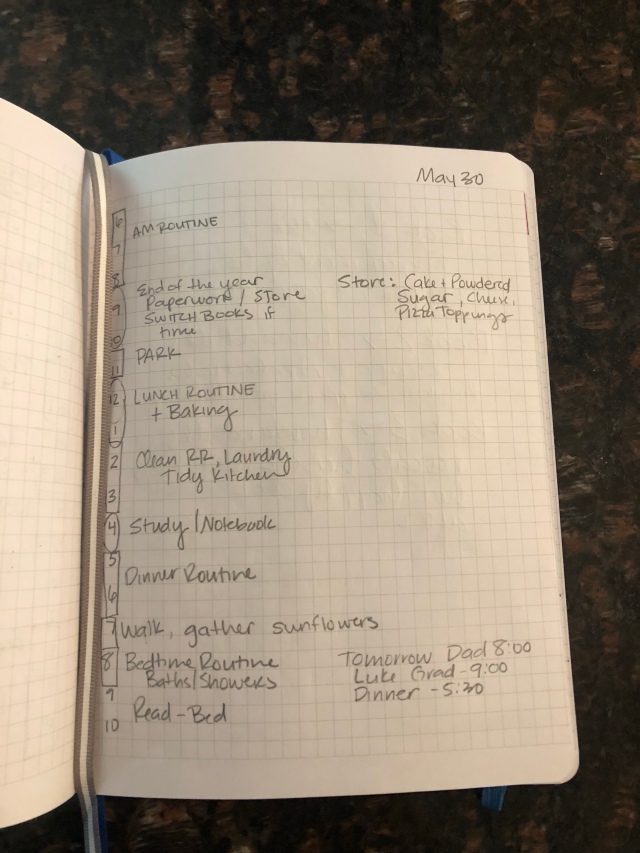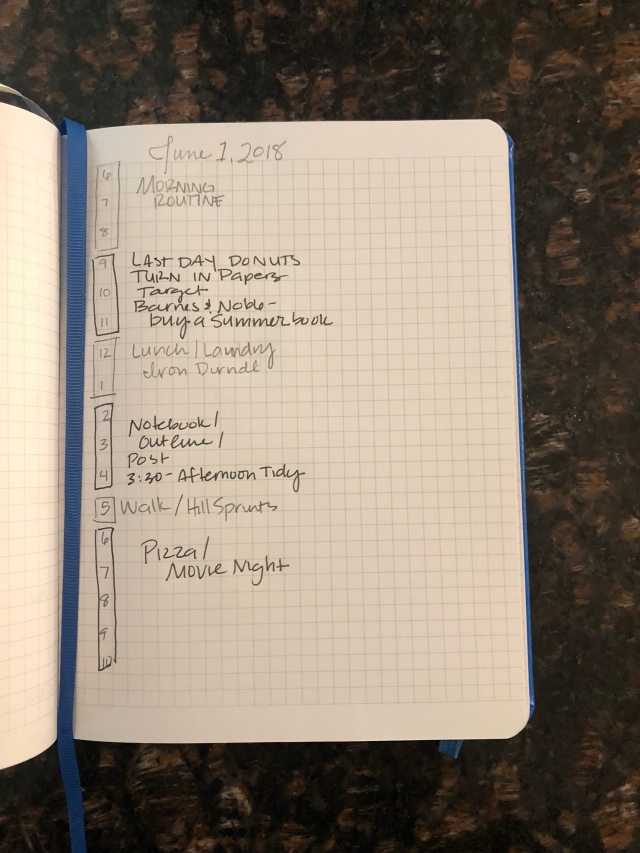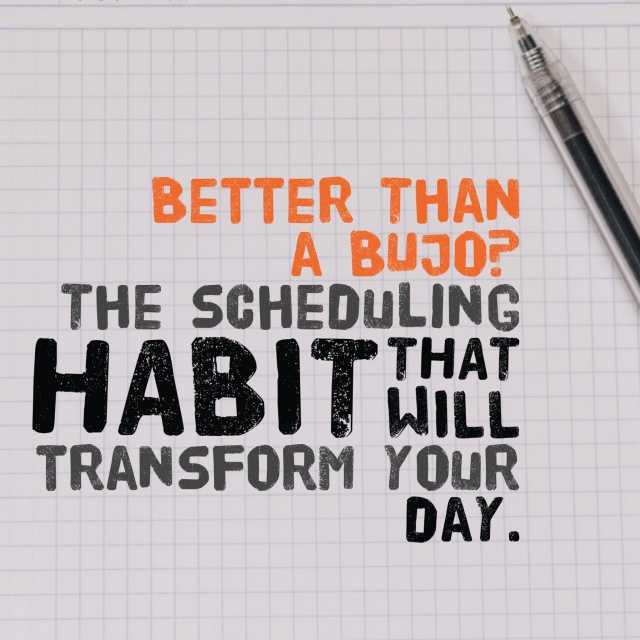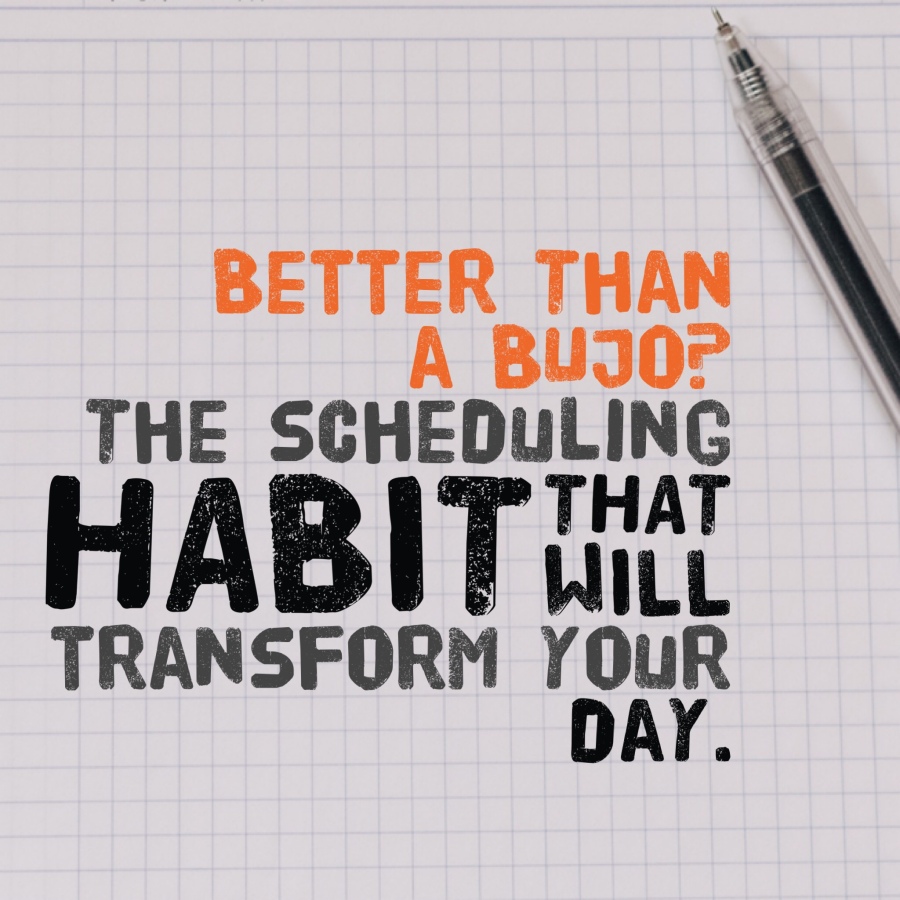Like most American adults I have had a lot on my plate for a long time, which means dozens of tasks to juggle in a given day. The busiest time of my life has been the last few years, when I included homeschooling into my daily routine.
So, on a typical day I have the feeding, clothing, and care of a family, the education of a middle schooler, elementary schooler, and preschooler, the upkeep of a home that is probably cursed. (The thing just gets grungy and dusty and cluttered all of the time. I clean the thing and poof it’s a disaster again.) There are a million things associated with those tasks that can keep a person’s days full for a lifetime and a half.
I spent my days doing and making lists of things to do so I wouldn’t wake up at night just to remember that I had forgotten something. I would flop on the couch sometimes unable to do anything because it was overwhelming how many things that I had done and how many days I had worked all day only to feel like I had missed some mark, because I wasn’t really sure how to aim correctly in the first place.

For awhile I committed to doing the thing in front of me that needed to be doing. Dirty dishes, wash them. Crying kid, hug him. Voicemail, reply. Incomplete lesson plan, complete it.
My days were busy and I ended them drained and discouraged.
It was increasingly more difficult to get up and start the day because I knew I’d never get done.
That is when Bullet Journaling caught my attention. Encouraged by the positive testimonials, I put it into practice. I learned the method and bought a $5 dot journal from Michaels and got started.
The novelty of Bullet Journaling infused new enthusiasm into my routine and I devotedly planned my weeks in my BUJO. I listed tasks and marked them off as I did them and at the end of the day and week. Then I’d move undone tasks to the next day and start over. I soon fell into the same rut. I was constantly busy but I felt discouraged because I wasn’t accomplishing anything. Instead of looking around my house and seeing everything that was still undone and feeling discouraged, I was looking around my house, seeing the undone stuff, then looking at the undone stuff in my BUJO, and moving the undone tasks to the next day. Double discouragement.
When I lost my BUJO, I didn’t really care.
When I found it again, I threw it away.
Fast forward a few weeks and I checked out an audiobook from my library’s online site. The book was Deep Work by Cal Newport. (Afflink) He discussed a lot of interesting topics within the book, such has how to categorize work along a continuum from shallow to deep, the mental load different types of work required, balancing our time between the different types of work, how to avoid the distractions that discourage deep work, and why doing the thing we see that needs to be done when we see it isn’t the best strategy. Ahem.
I almost didn’t finish the audiobook before it automatically returned to the library, but I’m glad that made a point of finishing, because towards the end, Newport talks about how he organizes his day.
The first thing he does every morning is writes out the hours of the day along the left hand side of a journal page. He then schedules out every hour of every day, grouping like types of work together.
So, two hours may be allotted for shallow, task type work, like responding to emails and making appointments. Deep work that requires working without distraction is also scheduled during the day. So if he is trying to do something like write a chapter in a book, he does not try to fit it in wherever he can. He has a block of time where everything else is put on hold, he sets a goal for that time and gets to work. Other types of activity, like exercise, family time, free time, and meals are also scheduled in. Any time he blocks off a few hours, he writes to the side of the block what he needs to accomplish during that time. (Here are some of his daily schedules, so you can see how they work. Here’s another where he has to revise his time allotment mid day. You should probably read his descriptions of what he’s doing, too. Maybe order the book, too. I had actually read his posts about scheduling long before, but what he was doing didn’t click until after reading Deep Work. Don’t forget to come back and read how I applied his method to my homeschool mom with big dreams lifestyle.)
OK, are you back?
So, I applied Cal Newport’s schedule the very next Monday. I grabbed a notepad and blocked out my day. I grouped homeschool work (medium level) after our morning routines, which I do anyway. I planned an hour break to walk to the park with the kids before the daily lunch routine. I grouped my tasky, shallow tasks together after that, listing to the side the top priorities and so on.
It was a great day. I did what I could in the blocks of time I had devoted for each type of task and if I finished early, I did whatever I wanted to do with the remainder of the time. I read to the kids. I checked my Instagram. I checked on my garden. I didn’t feel the need to do one of the million little things in front of me right then, because I already had what I was going to do on the schedule. I enjoyed my unexpected break, guilt free.
After a couple days of this, I realized I was finally doing something that worked. So, I grabbed a half used notebook off of my shelf, declared it my new schedule book and planned my day. Once again, It was a great day. I think part of the reason that it works so well is that once I finish one task, I don’t have to make a decision right then on what to do next. I had already decided what I was going to at the beginning of the day. If decision fatigue is a thing, this method of scheduling eliminated that totally.
 I try to pan plan realistically within my blocks of time since, as a mom, I have plenty of distractions.
I try to pan plan realistically within my blocks of time since, as a mom, I have plenty of distractions.
This next schedule purposely has a lot of chill out time scheduled in it because it is sandwiched between two very busy days and a very busy weekend. Still, activities that are similar are still scheduled together. So far I have not done this type of schedule for the weekend.

Another thing that I especially like about this system is that at the end of the day, I turn the page and that’s it. I don’t schedule ahead, I wake up, assess what needs to be done and make a plan. I’m neither looking forward nor backward. Just one day at a time. To quote a song lyric that is right now stuck in my head in the hopes that it will now go away:
Yesterday’s a closing door.
You don’t live there anymore.
–Tell Your Heart to Beat Again, Danny Gokey
Every day since I’ve started this method has felt like a success because at the end of the day, I have accomplished everything that I have set out to do. That, my friends, is a great way to end the day.
Perhaps now I will find time to write that book I’ve always meant to write.


Pingback: Weekend Readers – the Sandoblog
Pingback: Time Blocking for the Homeschool Mom | Michelle Sandoval